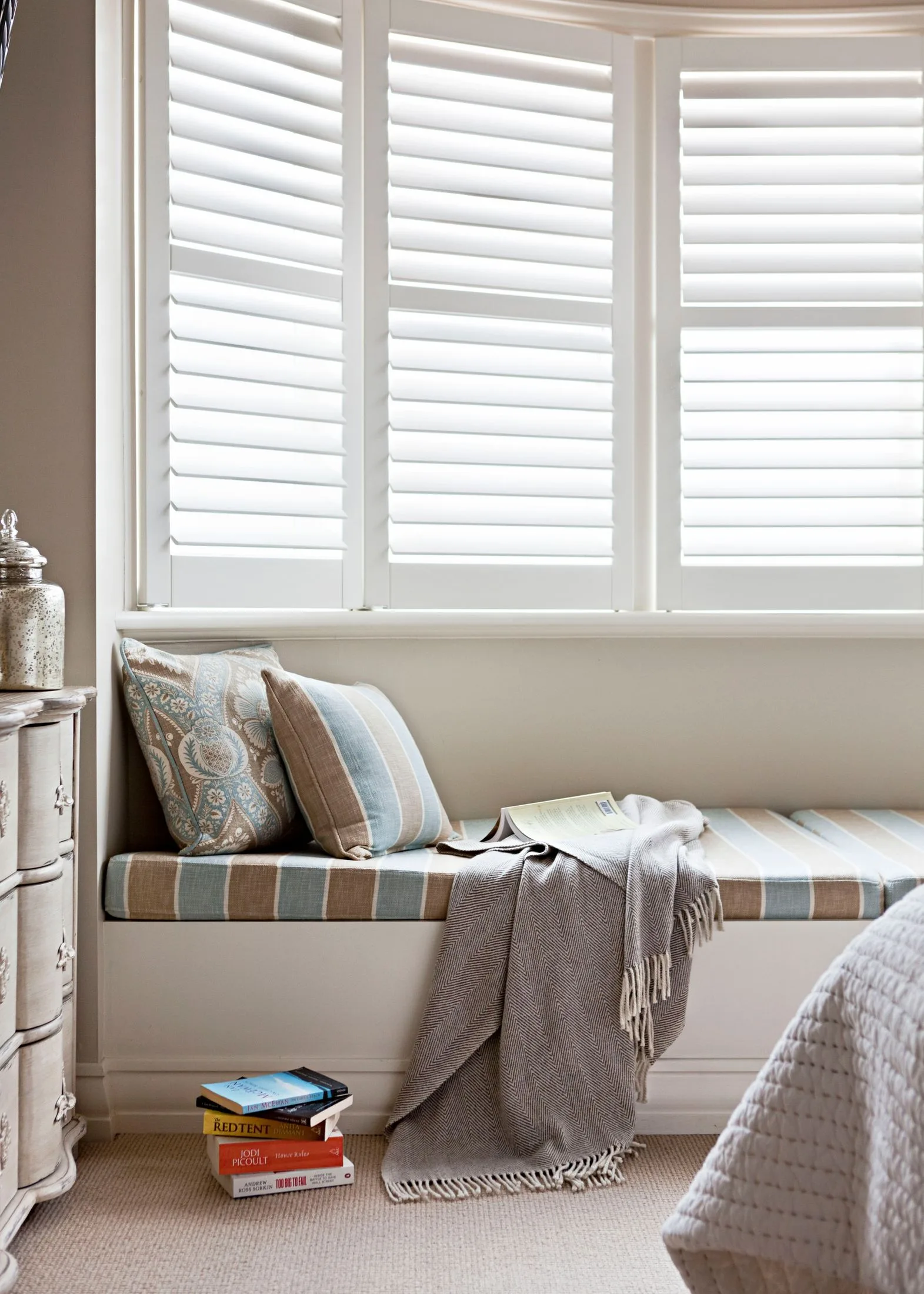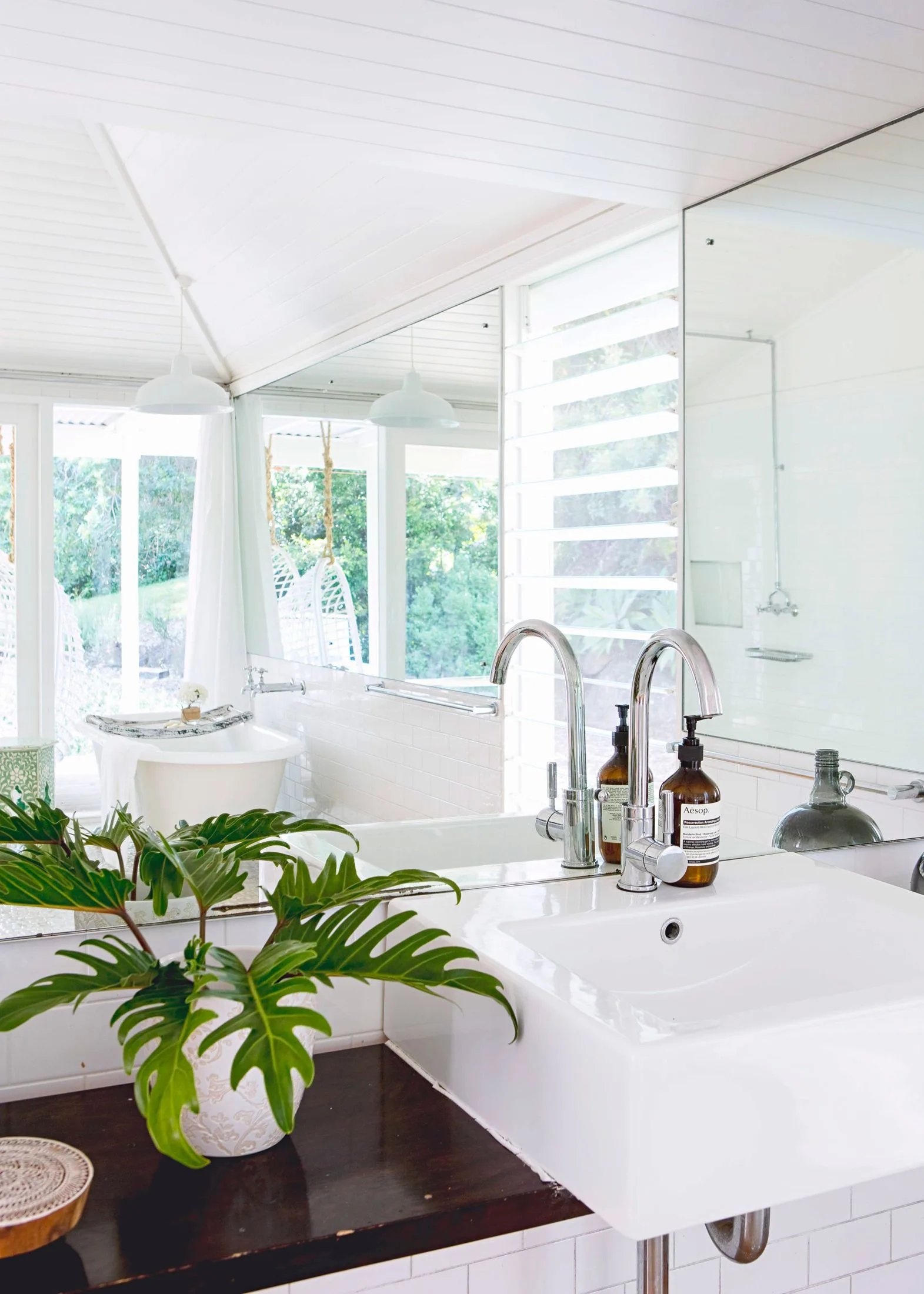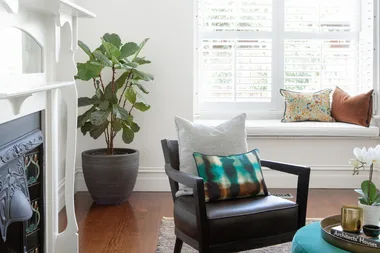Every good renovation follows this basic plan of attack.
1 DESIGN AND APPROVAL
Thorough planning is integral to running on time and on budget. Depending on the scope and type of project, you may need to obtain planning and building approval, so check what the requirements are with your local council, advises Kristin Brookfield of the Housing Industry Association. “If approval is required, it’s important work doesn’t start until you receive approval in writing,” cautions Kristin.
2 SOURCING
To prevent unnecessary delays, try to select and organise your finishes, fixtures and fittings ahead of the building schedule to allow sufficient lead-time for any custom joinery and specific materials, such as benchtops, tapware, flooring or tiles, which may need to be specially ordered. In a kitchen there are many reasons to make the selection of appliances the first step, says Tamara Buchanan of Smeg Australia. “A dishwasher height may determine the height of your benchtop. Your choice of fridge may determine the depth of your cupboards, and the position of the oven and rangehood will need to be planned in concert with the overall design and your options for ducting,” she says.
3 SCHEDULING
It’s important to discuss the order of works, demolition procedures (if any) and other specific time frames regarding installation and downtime with your contractor, or set aside plenty of time to plot your own DIY time line. “Waterproofing can take several days to cure and if you’re rendering, it’s best to allow four weeks before painting. Timber floorboards need to be acclimatised before they’re laid, which means they need to sit on-site for two to four weeks before installation,” explains Cherie Barber of Renovating For Profit. “These are all factors that need to be accounted for to ensure the project runs smoothly.”
4 DURING THE BUILD
It may be necessary to move out during the project, so plan alternative accommodation and where you’ll store furniture and belongings. Alternatively, it may be feasible to relocate to another section of the house, and simply stay at a friend’s place while amenities like the bathroom are out of action. If you do relocate, maintain regular site meetings with your builder to monitor progress.
5 FINAL INSPECTION
Towards the end of the build, thoroughly inspect the quality of the work so any imperfections can be resolved. Once the renovation is complete, you may need to have the council or certifier do an inspection to ensure it has been built to meet Business Council of Australia standards.

John Downs

Marcel Aucer

John Downs
 Marcel Aucer
Marcel Aucer






